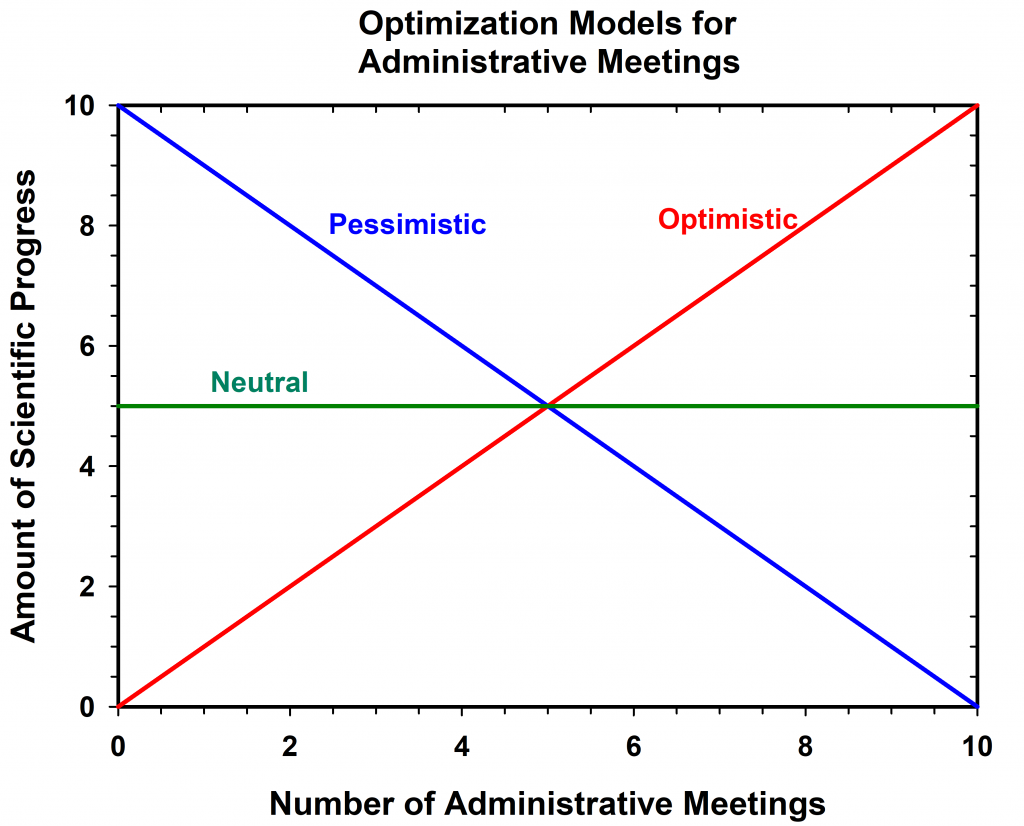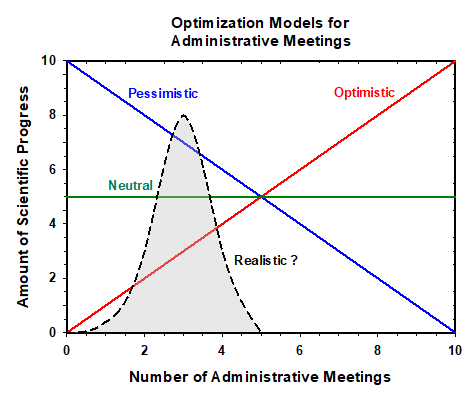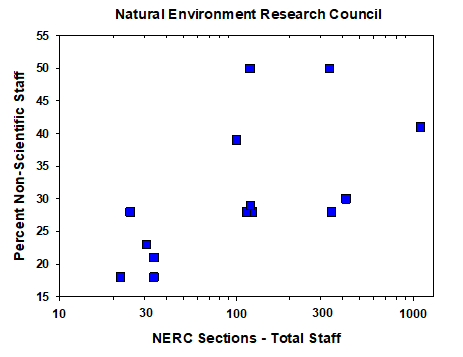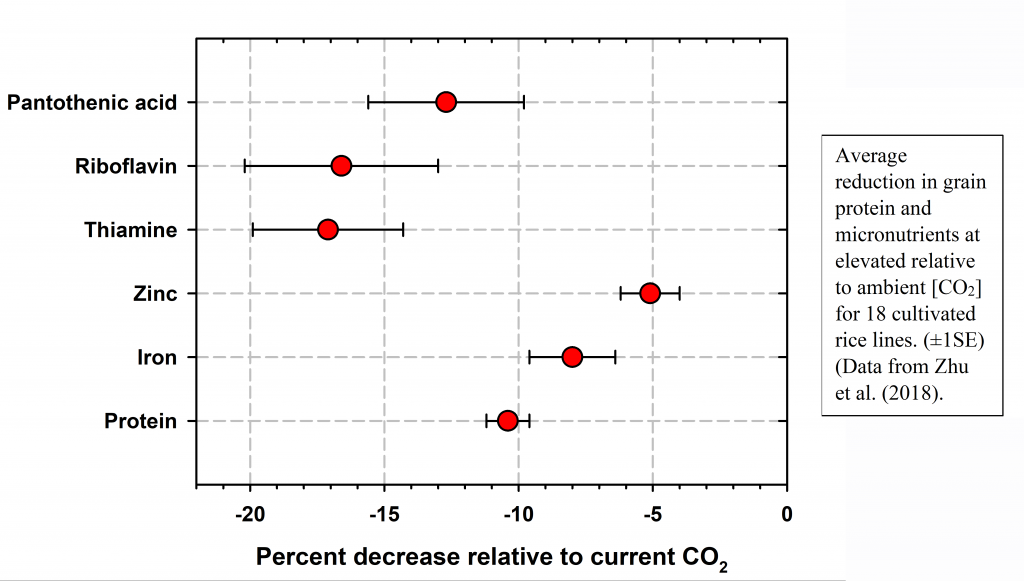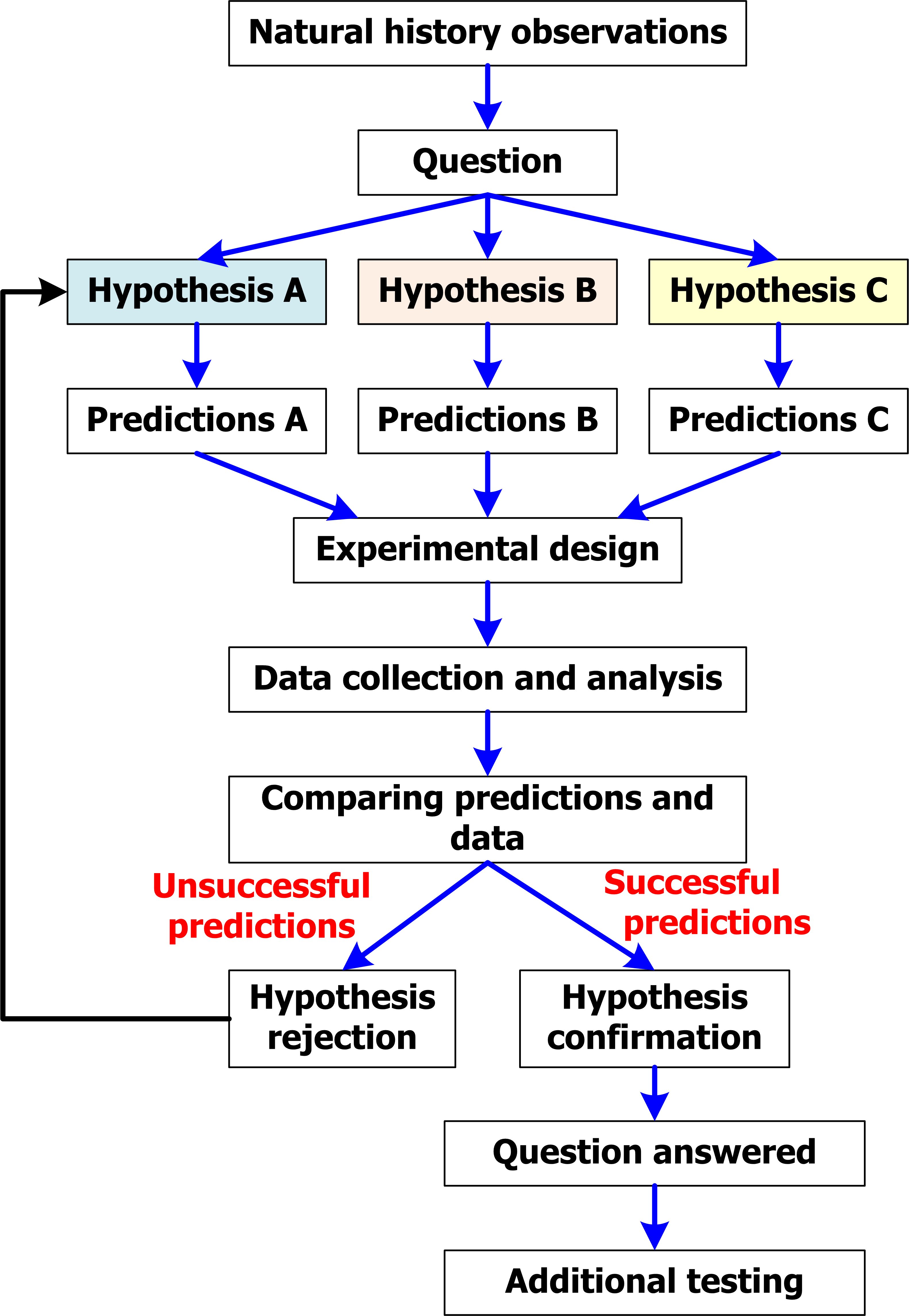Science proceeds by “conjecture-and-refutation” if we agree with Karl Popper (1963). There is a rich literature on science in general and ecological science in particular that is well worth a series of graduate discussions even if it is pre-2000 ancient history (Peters 1991, Weiner 1995, Woodward and Goodstein 1996). But I wish to focus on a current problem that I think is hindering ecological progress. I propose that ecological journals at this time are focusing their publications on papers that present apparent progress and are shedding papers that are critical of apparent progress. Or in Popper’s words, they focus on publishing ‘conjecture’ and avoid ‘refutation’. The most important aspect of this issue involves wildlife management and conservation issues. The human side of this issue may involve personal criticism and on occasion the loss of a job or promotion. The issue arises in part because of a confusion between the critique of ideas or data and the interpretation that all critiques are personal. So, the first principle of this discussion is that I discuss here only critiques of ideas or data.
There are many simple reasons for critiques of experimental design and data gathering. Are the treatments replicated, are the estimates of data variables reliable and sufficient, are proxy variables good or poor? Have the studies been carried out long enough? All these critiques can be summarized under the umbrella of measurement reliability. There are many examples we can use to illustrate these ideas. Are bird populations declining across the globe or locally? Are fisheries overharvesting particular species? Can we use climate change as a universal explanation of all changes in wildlife populations? Are survey methods for population changes across very large areas reliable? The problem is tied into the need for good or bad news that must be filtered to the news media or social media with high impact but little reliability.
The problem at the level of science is the temptation to extrapolate beyond the limits of the available data. Now we come to the critical issue – how do our scientific journals respond to critical reviews of papers already published? My concern is that in the present time journals do not wish to receive or accept manuscripts that are critical of previously published papers. These decisions are no doubt confidential for journal publishers. There is perhaps some justification for this rejection policy, given that in the few cases where critiques are published on existing papers, the citation score of the original paper may greatly exceed that of the critique. So, conjecture pays, refutation does not.
Journals are flooded with papers and for the better journals I would expect at least a 60-80% rejection rate. For Science the rejection rate is 94%, for Nature 92%, and for the Journal of Animal Ecology 85% of submitted manuscripts are rejected. Consequently, the suggestion that they reserve space for ‘refutation’ is too negative to their publication model. There is little I can suggest if one in caught in this dilemma except to try another less premium journal, and remember that web searches find papers easily no matter where published. If you need inspiration, you can follow Peters (1991) and write a book critique and suffer the brickbats from the establishment (e.g. Nature 354: 444, 12 December 1991).
But if you are upset about a particular paper or series of papers, remember critiques are valuable but follow these rules for a critique:
- Keep it short, 5 typed pages should be near maximal length.
- Raise a set of major points. Do not try to cover everything.
- Summarize briefly the key points you are in agreement with, so they are not confounded in the discussion.
- Discuss what studies might distinguish hypothesis A vs B, or A+B vs C.
- Discuss what better methods of measurement might be used if funding is available.
- Never attack individuals or research groups. The discussion is about ideas, results, and inferences.
Decisions to accept some management actions may have to be taken immediately and journal editors must take that into consideration. Prognostication over accepting critiques may be damaging. But all actions must be continually evaluated and changed once the understanding of the problem changes.
There are too many examples to recommend reading about past and present controversies in ecology, so here are only two examples. Dowding et al. (2009) report a comment on suggested methods of controlling introduced pests on Macquarie Island in the Southern Ocean. I was involved in that discussion. A much bigger controversy in Canada involves Southern Mountain caribou populations which are in rapid decline. The proximate explanation for the decline is postulated to be predation by wolves and thus the suggested management action is shooting the wolves. Johnson et al. (2022), Lamb et al. (2022) and Superbie et al. (2022) provide an entre into this literature and the decisions of what to do now and in the future to prevent extinction of these ungulates. The caribou problem is complicated by the interaction of human alteration of landscapes and the natural processes of predation and food availability. Alas nothing is simple.
All these ecological dilemmas are controversial and the important role of criticism involving evaluations of alternative hypotheses are the only way forward for ecologists involved in controversies. In my opinion most ecological journals are not doing their part is publishing critiques of the conventional wisdom.
Dowding, J.E., Murphy, E.C., Springer, K., Peacock, A.J. & Krebs, C.J. (2009) Cats, rabbits, Myxoma virus, and vegetation on Macquarie Island: a comment on Bergstrom et al. (2009). Journal of Applied Ecology, 46, 1129-1132. doi: 10.1111/j.1365-2664.2009.01690.x.
Johnson, C.J., Ray, J.C. & St-Laurent, M.-H. (2022) Efficacy and ethics of intensive predator management to save endangered caribou. Conservation Science and Practice, 4: e12729. doi: 10.1111/csp2.12729.
Lamb, C.T., Willson, R., Richter, C., Owens-Beek, N., Napoleon, J., Muir, B., McNay, R.S., Lavis, E., Hebblewhite, M., Giguere, L., Dokkie, T., Boutin, S. & Ford, A.T. (2022) Indigenous-led conservation: Pathways to recovery for the nearly extirpated Klinse-Za mountain caribou. Ecological Applications 32 (5): e2581. doi: 10.1002/eap.2581.
Peters, R.H. (1991) A Critique for Ecology. Cambridge University Press, Cambridge, England. 366 pp. ISBN:0521400171.
Popper, K.R. (1963) Conjectures and Refutations: The Growth of Scientific Knowledge. Routledge and Kegan Paul, London. 412 pp. ISBN-13: 978-0415285940.
Superbie, C., Stewart, K.M., Regan, C.E., Johnstone, J.F. & McLoughlin, P.D. (2022) Northern boreal caribou conservation should focus on anthropogenic disturbance, not disturbance-mediated apparent competition. Biological Conservation, 265, 109426. doi: 10.1016/j.biocon.2021.109426.
Weiner, J. (1995) On the practice of ecology. Journal of Ecology, 83, 153-158.
Woodward, J. & Goodstein, D. (1996) Conduct, misconduct and the structure of science. American Scientist, 84, 479-490.
